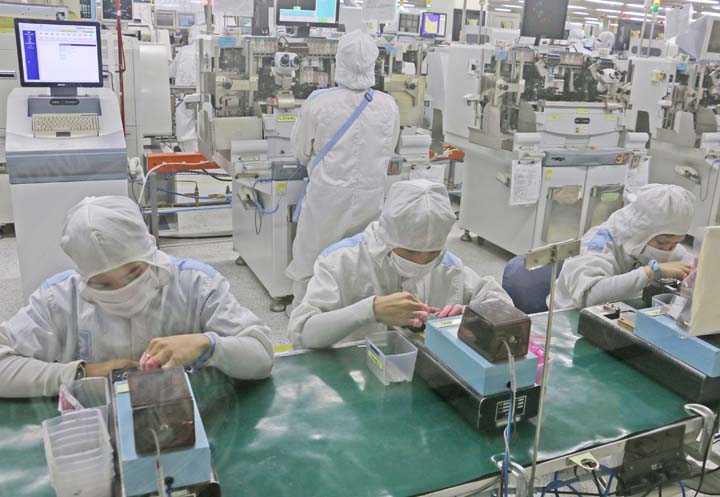
THE ongoing semiconductor chip shortage is expected to persist until 2022 despite manufacturer’s commitments to boost production, according to Moody’s Analytics.
In its latest analysis, “What to Expect: Semiconductor Chip Shortage,” Moody’s Analytics Associate Director Timothy Uy also said some sectors will be more affected than others.
However, Uy expects car manufacturers to be “relatively unscathed” since these companies were able to build their inventory to cushion any short-term supply issues.
“The manufacturing process for each generation of chips is incredibly intricate, meaning, that generating new supply for any chip generation is challenging,” Uy said.
“And because chips from different generations are manufactured differently, building new plants that focus on certain chips may only alleviate the shortage for consumers of those chips, and not necessarily alleviate the shortage for the market as a whole,” he added.
Uy explained this by citing US-based company Global Foundries as an example. He said it takes this company 85 days to produce chips from raw materials and that this requires thousands of steps that are done electronically.
In this company, there can be as many as 10 different kinds of chips that are being processed at any one time. Any change in this process, such as a transfer of fabrication plants, will not only be costly but time-consuming.
Uy also said Intel, which plans to expand its operations, will not be able to produce the kinds of chips other firms are using, and would only be able to use chips that it has produced.
This may not sit well with the needs of companies like Taiwan Semiconductor Manufacturing Co. (TSMC) which plans to upgrade its chips to three nanometer nodes from the current five.
This is the plan in order for TSMC to serve the needs of high-end chip technologies needed for products such as those produced by Apple.
Apart from this, concerns over rising digitization of home and the workplace will exacerbate the existing chip shortage, spiking demand for high-end chips.
“The capital investments made to move to the cloud and digitize operations are likely to only increase over time, fueling further demand for semiconductors, particularly those at the top end of the spectrum,” Uy said.
“To truly get around the current shortage, companies need to have business continuity programs that mitigate the risks associated with these supply-chain challenges,” he added.
The health of the semiconductor industry is important for the Philippines as its top export and imports are semiconductors.
Latest external trade data from the Philippine Statistics Authority (PSA) said exports of semiconductors grew 12 percent to $12.22 billion in January to May this year from $10.9 billion in the same period last year.
In May alone, semiconductor exports grew 11.3 percent to $2.53 billion in 2021 from $2.28 billion in 2020. Semiconductors accounted for 43 percent of the country’s exports in May 2021 and 50.1 percent in May 2020.
In terms of imports, the country’s semiconductor payments grew 17.6 percent to $8.28 billion in January to May 2021 from $7.04 billion in the same period last year.
In May alone, PSA data showed semiconductor imports grew 19.5 percent to $1.67 billion in May 2021 from $1.4 billion in May 2020. Semiconductors accounted for 19.3 percent of total imports in May 2021 and 23.9 percent in May 2020.

